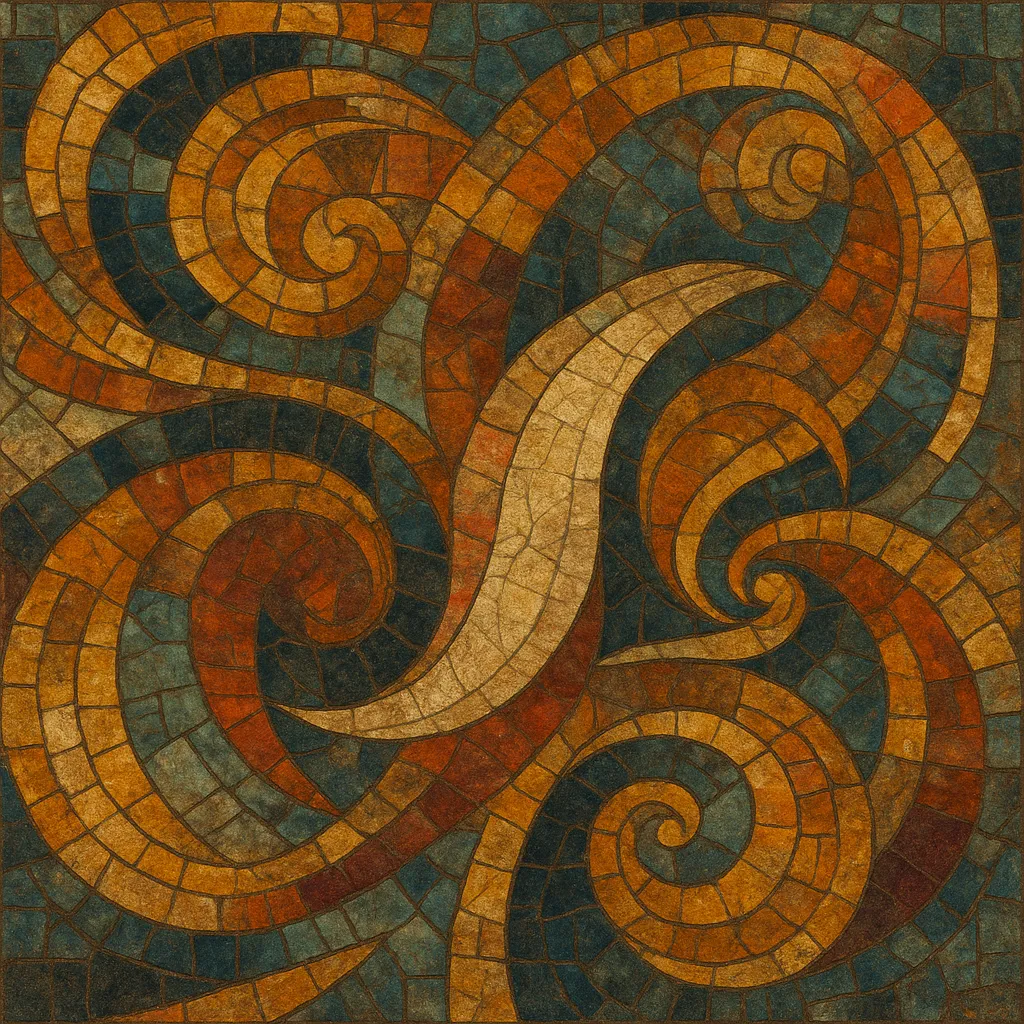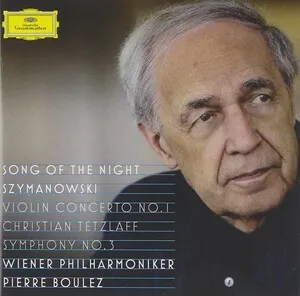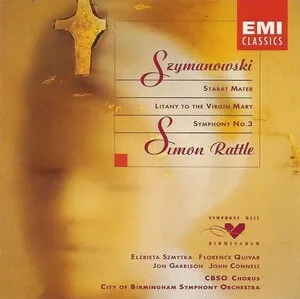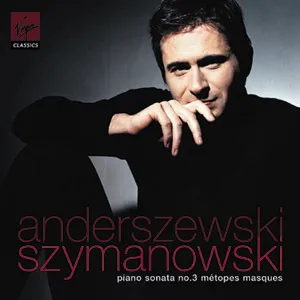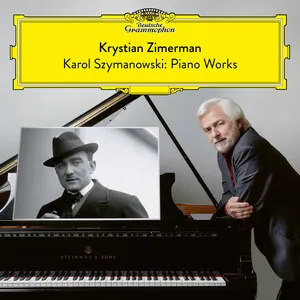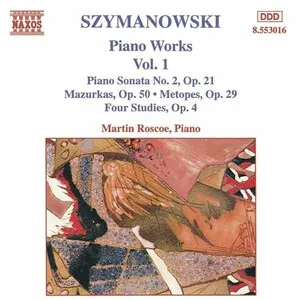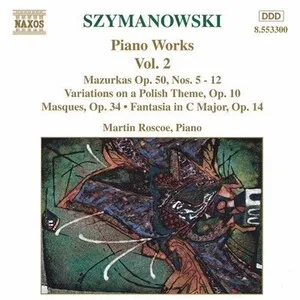Młoda Polska (Young Poland) in music was a Polish modernist movement that flourished around the turn of the 20th century. It bridged late-Romantic expressive language with new coloristic and formal ideas drawn from European modernism.
Its composers favored lush orchestration, long-breathed melody, rich chromatic harmony, and programmatic thinking (especially in the symphonic poem), while gradually absorbing impressionistic timbres and national elements. The result is music that can feel simultaneously sensuous and searching—romantically charged yet already stepping toward the 20th century.
The term Młoda Polska (Young Poland) names a broader Polish modernist current across literature, visual art, and music. In music, it emerged from the late-Romantic mainstream—Wagner, Richard Strauss, and Russian late Romanticism—while being receptive to new timbral and harmonic ideas appearing in Europe (notably French Impressionism). This period coincided with a desire among Polish artists to renew national culture while remaining fully engaged with European trends.
In 1905, four young musicians—Karol Szymanowski, Grzegorz Fitelberg, Ludomir Różycki, and Apolinary Szeluto—founded the publishing cooperative “Młoda Polska w muzyce” (Young Poland in Music), supported by Władysław Lubomirski. Its aim was to promote and disseminate their new works and to professionalize Polish music life through performances and publication. Around the circle, figures such as Mieczysław Karłowicz embodied the movement’s late-Romantic, programmatic symphonic ideal (he died tragically in 1909 but left landmark tone poems).
Composers favored large forces and intense expression, combining late-Romantic chromaticism and cyclic form with programmatic titles and literary inspiration. Symphonic poems, orchestral songs, piano works, and operas (e.g., Różycki) carried the movement’s ethos. Over time, coloristic orchestration and modal/folk inflections (later crucial to Szymanowski) foreshadowed a distinctively Polish modernism.
World War I and shifting cultural conditions transformed the scene. Szymanowski’s postwar works forged a new national-modern idiom (with Podhale/Highlander modal influences), deeply impacting mid-20th-century Polish music. The movement’s synthesis of European modernist technique with a renewed Polish voice laid foundations for later generations—paving the way for the international stature of Polish composers throughout the 20th century.

